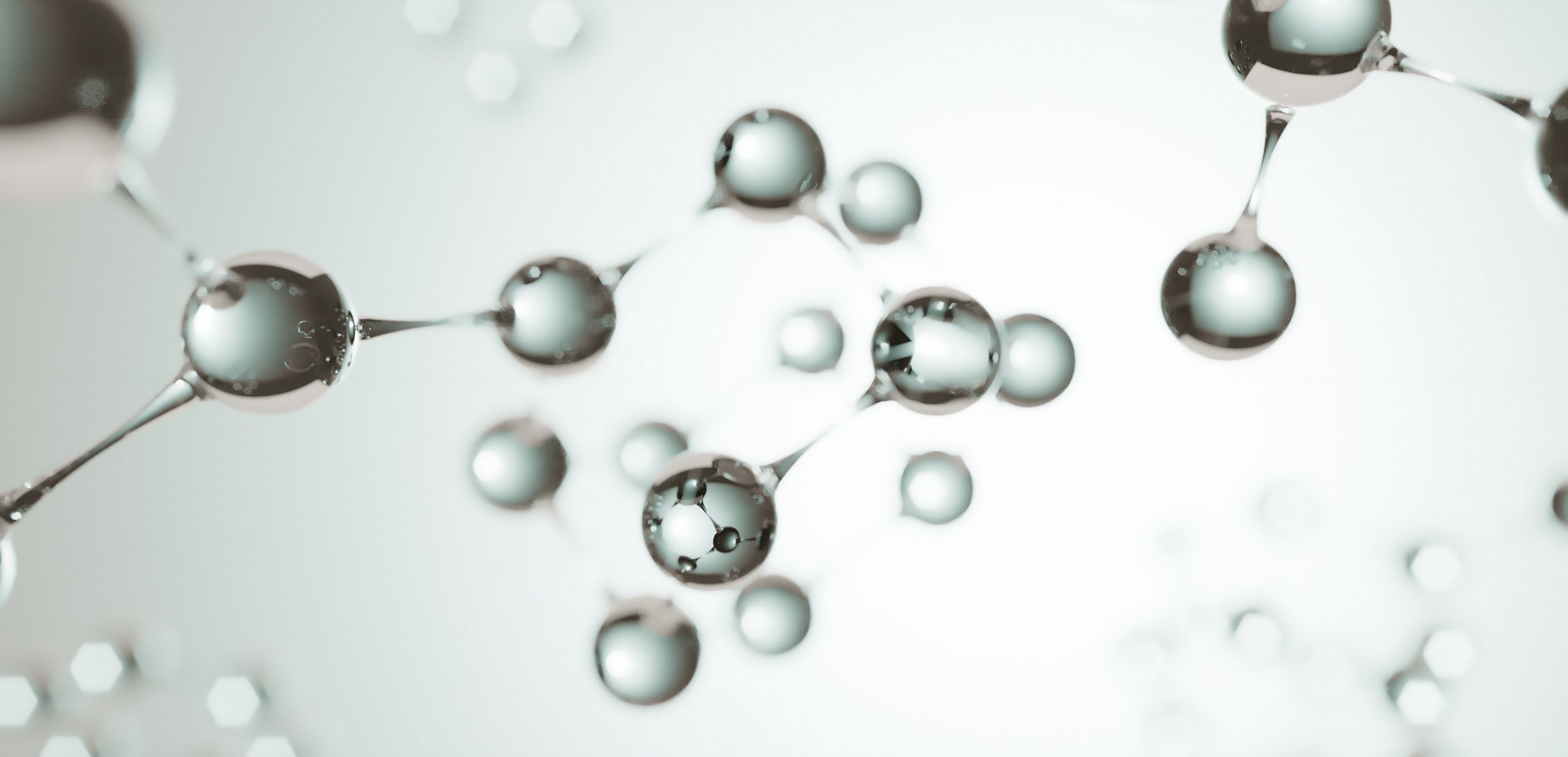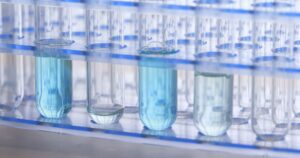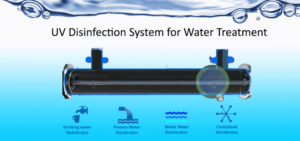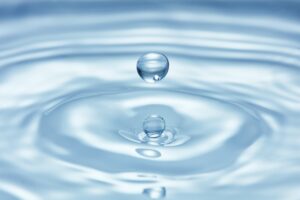Principles of Deionization
Deionization is the process of removing dissolved, ionizable solids from water using the principles of ion exchange. Ion exchange is a reversible process. The reversing of the process is called regeneration. Ion exchange works for two reasons: 1) Resins prefer “higher valence” ions such as calcium over lower valence ions, like hydrogen or carbon dioxide. 2) Resins are influenced by the mass of ions present.
In a softener, the ion exchange process essentially exchanges the minerals calcium and magnesium (also iron and manganese) for sodium. A water softener requires only one type of resin because it exchanges only cations.
Mixed-Bed Deionization is similar, but more complicated because it involves the removal of cations and anions from the water.
All dissolved minerals are composed of both a metallic part (a positively charged cation) and a non-metallic part (a negatively charged anion). Mixed-Bed deionizers require two resins because they exchange both cations and anions. No single resin can exchange both cations and anions. Ion exchange depends on the tiny electrical charges in which like particles repel and unlike particles attract each other, like a magnet. Cation exchange resin is chemically formulated to attract positive ions, and anion exchange resin is formulated to attract negative ions.
Mono-Bed Deionization
Before progressing to mixed-bed deionizers, let’s try to understand how a mono-bed deionizer works. In a two-column unit the cation exchange resin is in one pressure vessel and the anion exchange resin in another. Water first passes through the cation tank, then the anion tank. You need to understand this principle before learning how a Mixed-Bed deionizer functions. Here is what happens when the cation resin is in one tank and the anion resin is in another tank.
As water passes down through the cation tank it encounters millions of resin beads, each of which contain a large number of negatively charged exchange sites in the pores and microscopic paths of its structure. When the resin is in the regenerated state, each exchange site is occupied by a positively charged hydrogen ion (H+). As the positively charged cations in the water contact the beads, they are attracted to the negative exchange sites. Since they have a stronger positive charge than the hydrogen ions they drive off the hydrogen ions and attach to the exchange sites. The displaced hydrogen ions pass down through the resin bed with the water.
Because the hydrogen ions are acidic, water from the cation tank is a stream of dilute mineral acid.
At the same time anions, such as sulfates, chlorides and other elements pass through the cation tank unchanged. Now everything is piped to the anion tank.
Anion Exchange Process
The anion exchange process is similar to the cation exchange process. Strong base anion resin is made of beads which have positive exchange sites, which in the regenerated state are occupied by negative hydroxide ions (OH–). As the negatively charged anions contact the beads, the same attraction-repulsion process takes place and the negative hydroxide ions are dislodged and replaced by the stronger negative anions.
The hydroxide ions (OH–) pass down through the anion resin and are discharged from the tank. At the same time, the hydrogen ions (H+) from the cation tank have passed through the anion resin unchanged. They now join with the hydroxide ions to form HOH, or H2O, or water.
Mixed-Bed deionization
If the cation-anion (mono-bed) exchange process could be repeated many times, the efficiency of ion exchange would improve remarkably. Since no exchange process is 100 percent efficient, successive ion exchanges would be an improvement in purity with each cycle. This is exactly what happens when cation and anion resins are mixed together in a Mixed-Bed Deionizer. As water passes through the mixed-bed deionizer it has millions of chances to contact a cation resin bead, then an anion, then another cation, another anion, and so on. With each exchange, the purity of the water improves because more ions are removed and held by the resin beads. As water passes down through the resin, the cation resin will remove cations, releasing hydrogen into the water, and the anion resin will remove anions, releasing hydroxide into the water. Released hydrogen ions will ionically bond with released hydroxide ions to form a new water molecule.




